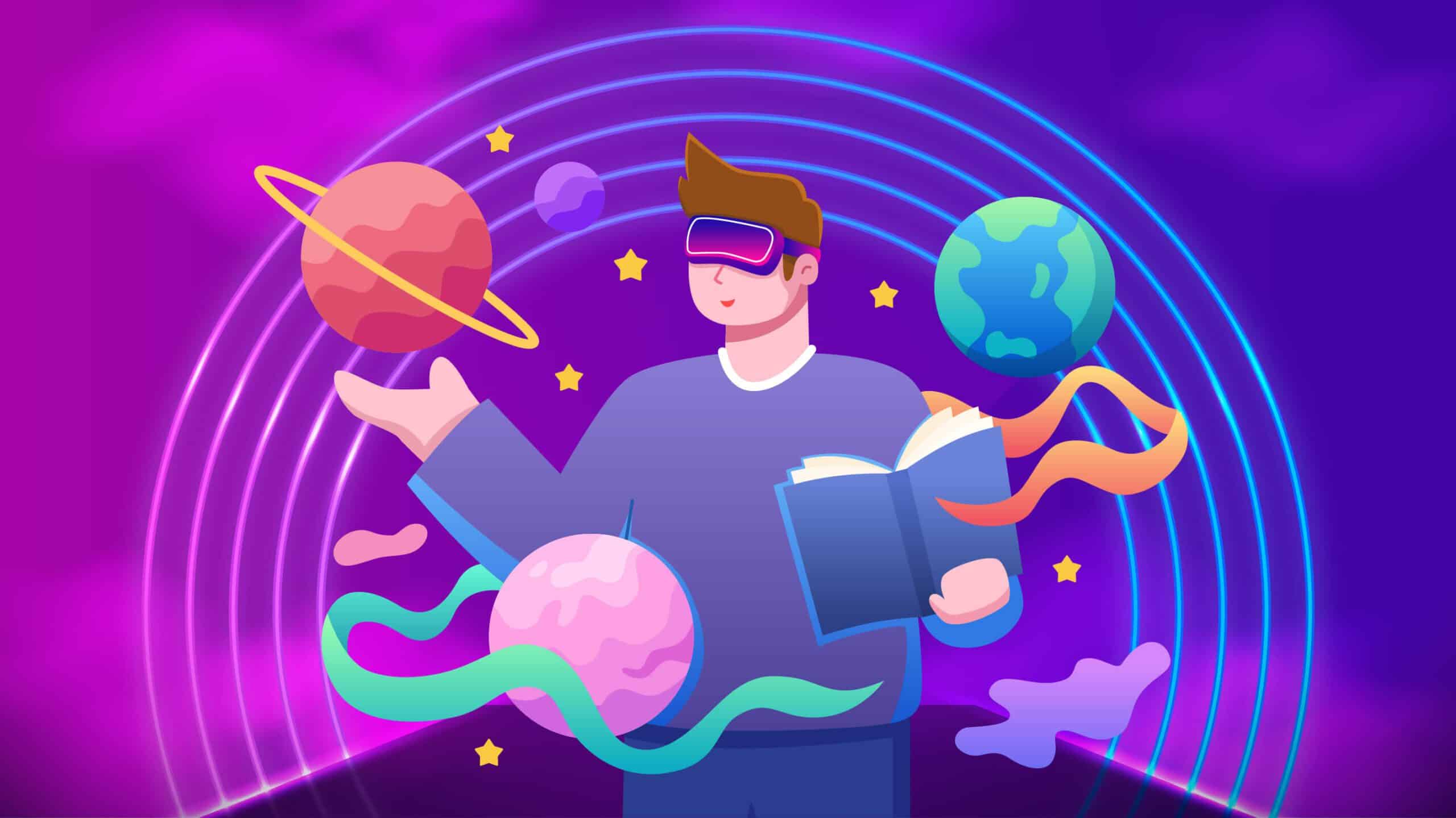Metaverse and Education: The Future of Learning or a Digital Distraction?
In the age of rapid technological advancements, the term “metaverse” has gained immense popularity. This digital realm, often depicted in science fiction, is now becoming a tangible reality. But what role does the metaverse play in education? Is it the future of learning, or is it just another digital distraction? In this article, we will delve into the metaverse’s potential impact on education, exploring its advantages, challenges, and the important question of whether it can revolutionize the way we learn.
Education in the Digital Age
As technology continues to reshape our world, education is not left untouched. The shift towards online learning and digital resources has been accelerated by recent global events. However, the metaverse takes this a step further by providing an immersive, 3D, and interactive learning experience.
Advantages of Metaverse in Education
1. Breaking Geographical Barriers
The metaverse transcends geographical boundaries. Students from different parts of the world can gather in a virtual classroom, eliminating the need for physical proximity.
2. Immersive Learning Experiences
Imagine studying ancient history by virtually walking through ancient civilizations or learning chemistry by conducting experiments in a virtual lab. The metaverse offers immersive learning experiences that traditional methods can hardly match.
3. Personalized Education
In the metaverse, education can be tailored to individual needs. AI algorithms can adapt content and teaching styles based on a student’s learning pace and preferences.
Challenges and Concerns
1. Accessibility and Equity
Not everyone has access to high-end devices and high-speed internet. The metaverse must address accessibility and equity issues to avoid leaving those students behind.
2. Privacy and Security
With the vast amount of data exchanged in the metaverse, privacy and security concerns are paramount. Protecting students’ information is a top priority.
3. Overwhelming Immersion
While immersion is a strength, it can also be a weakness. Spending too much time in a virtual world may lead to detachment from the real one.
Real-Life Applications
The metaverse isn’t confined to the realm of fiction. Real-life applications are emerging in various industries, from gaming to healthcare, and education is no exception.
The integration of the metaverse into traditional education systems raises questions about the relevance and adaptability of existing methods.
Metaverse and Skill Development
In addition to academic knowledge, the metaverse can foster the development of essential skills such as problem-solving, creativity, and teamwork.
The Social Aspect of Learning
Education is not just about books and lectures; it’s also about social interaction. Can the metaverse replicate the social aspects of traditional learning environments?
Educational institutions must adapt and embrace the metaverse to remain relevant and provide cutting-edge learning experiences.
Parental Concerns
Parents are understandably concerned about the amount of time their children spend in virtual worlds. Addressing these concerns is essential for the metaverse’s acceptance.
Conclusion
In conclusion, the metaverse holds immense potential to revolutionize education. It offers unique advantages, such as breaking geographical barriers, immersive learning experiences, and personalized education. However, it also comes with challenges related to accessibility, privacy, and finding a balance between the real and virtual worlds.
As we navigate this uncharted territory, the metaverse’s role in education will continue to evolve. It is up to educators, policymakers, and society as a whole to harness its power for the benefit of future generations.

